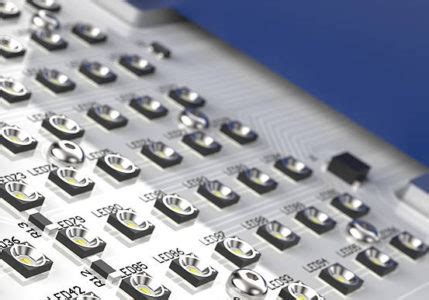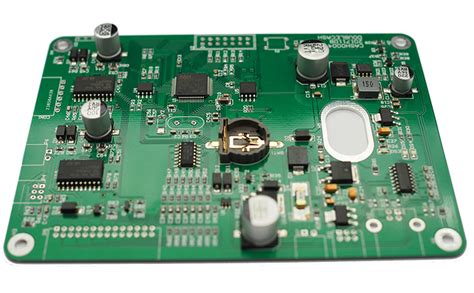PCB Shielding Techniques: Ensuring Signal Integrity and EMI Compliance
Introduction
Printed Circuit Boards (PCBs) are the backbone of modern electronics, serving as the foundation for interconnecting various electronic components. As electronic devices become more compact, faster, and more complex, the need to ensure signal integrity and minimize electromagnetic interference (EMI) has become increasingly critical. PCB shielding techniques play a vital role in achieving these objectives by protecting sensitive circuits from external interference and preventing the emission of unwanted electromagnetic radiation.
This article explores the various PCB shielding techniques, their importance, and how they are implemented in modern electronic designs. We will delve into the types of shielding, materials used, design considerations, and the challenges associated with PCB shielding.
1. The Importance of PCB Shielding
Electromagnetic interference (EMI) is a significant concern in electronic design. EMI can originate from external sources (such as radio waves, power lines, or other electronic devices) or from within the PCB itself (due to high-speed signals, switching components, or power supply noise). Uncontrolled EMI can lead to:
- Signal Degradation: EMI can distort signals, leading to data corruption or loss of communication between components.
- Regulatory Non-Compliance: Many electronic devices must comply with international EMI standards (e.g., FCC, CE) to ensure they do not interfere with other devices.
- Device Malfunction: Severe EMI can cause electronic devices to malfunction or fail entirely.
PCB shielding techniques are employed to mitigate these issues by containing electromagnetic fields and preventing them from interfering with sensitive components or radiating into the environment.
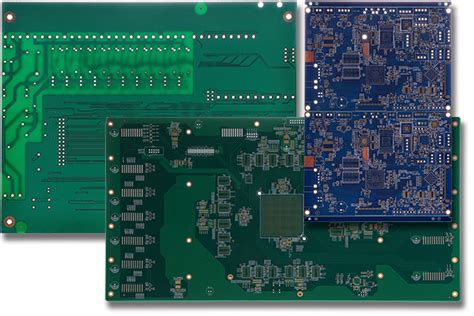
2. Types of PCB Shielding
PCB shielding can be broadly categorized into two types: board-level shielding and component-level shielding.
2.1 Board-Level Shielding
Board-level shielding involves enclosing the entire PCB or specific sections of the PCB within a conductive enclosure. This type of shielding is commonly used in devices where multiple circuits or components are susceptible to EMI. Board-level shields are typically made of metal and can be designed as:
- Flat Shields: These are simple, flat metal plates that cover specific areas of the PCB.
- Framed Shields: These consist of a metal frame attached to the PCB, with a removable metal cover that snaps onto the frame.
Board-level shielding is effective in reducing EMI but can add weight and cost to the device.
2.2 Component-Level Shielding
Component-level shielding focuses on protecting individual components or small groups of components that are particularly sensitive to EMI. This is achieved by placing a small metal shield, often referred to as a “can,” over the component. Component-level shields are commonly used for:
- RF modules
- Oscillators
- High-speed digital components
Component-level shielding is more targeted and can be more cost-effective than board-level shielding, but it requires careful placement and design to ensure effectiveness.
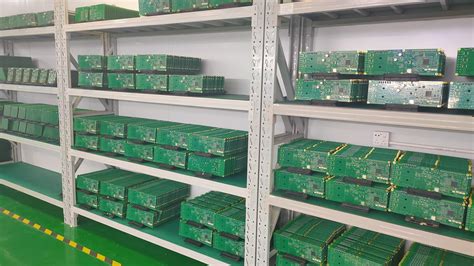
3. Materials Used in PCB Shielding
The choice of shielding material is critical to the effectiveness of the shielding technique. Common materials used in PCB shielding include:
3.1 Conductive Metals
- Copper: Copper is widely used due to its excellent conductivity and ease of fabrication. It is often used in the form of copper foil or as a plating material.
- Aluminum: Aluminum is lightweight and cost-effective, making it a popular choice for shielding. It is often used in board-level shields.
- Nickel Silver: This alloy of copper, nickel, and zinc offers good conductivity and corrosion resistance, making it suitable for harsh environments.
3.2 Conductive Coatings
- Conductive Paint: Conductive paints containing silver or copper particles can be applied to the surface of the PCB or enclosure to provide shielding.
- Electroless Nickel Plating: This process deposits a thin layer of nickel onto the PCB surface, providing both shielding and corrosion resistance.
3.3 Ferrite Materials
Ferrite materials are used to absorb high-frequency EMI. They are often used in conjunction with conductive shielding to provide additional protection.
4. Design Considerations for PCB Shielding
Effective PCB shielding requires careful consideration during the design phase. Key factors to consider include:
4.1 Shielding Placement
- Identify the sources of EMI and the components most susceptible to interference.
- Place shields as close as possible to the EMI source or sensitive components to minimize the distance over which interference can propagate.
4.2 Grounding
Proper grounding is essential for effective shielding. Shields must be connected to the PCB ground plane to provide a low-impedance path for EMI to dissipate. Poor grounding can render the shield ineffective or even act as an antenna, exacerbating EMI issues.
4.3 Ventilation and Heat Dissipation
Shields can trap heat, leading to overheating of components. Designers must incorporate ventilation holes or thermal vias to allow heat to escape while maintaining shielding effectiveness.
4.4 Mechanical Considerations
Shields must be designed to withstand mechanical stress, such as vibration or thermal expansion. The choice of materials and attachment methods (e.g., soldering, clips) should account for these factors.
4.5 Cost and Manufacturing Constraints
Shielding adds cost and complexity to the manufacturing process. Designers must balance the need for effective shielding with budget constraints and manufacturability
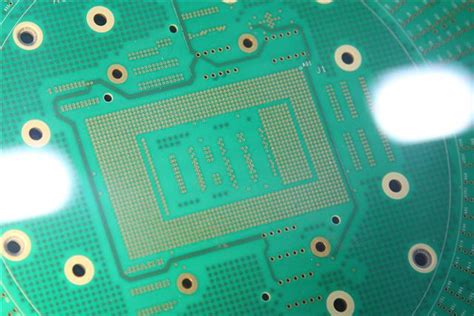
5. Common PCB Shielding Techniques
5.1 Ground Planes and Power Planes
A solid ground plane is one of the simplest and most effective ways to reduce EMI. By providing a low-impedance return path for signals, ground planes help contain electromagnetic fields. Similarly, power planes can be used to shield sensitive signals from noise.
5.2 Via Fencing
Via fencing involves placing a series of vias around the perimeter of a sensitive circuit or component. These vias are connected to the ground plane, creating a “fence” that blocks EMI.
5.3 Shielding Cans
Shielding cans are small metal enclosures placed over individual components or circuits. They are commonly used in RF and high-speed digital designs.
5.4 Conductive Gaskets
Conductive gaskets are used to seal gaps between shields and the PCB or enclosure. They ensure continuous conductivity and prevent EMI leakage.
5.5 Embedded Shielding
In some advanced designs, shielding is embedded within the PCB itself. This can involve using conductive layers or materials within the PCB stack-up to provide localized shielding.
6. Challenges in PCB Shielding
While PCB shielding is highly effective, it is not without challenges:
6.1 Size and Weight Constraints
As devices become smaller and lighter, adding shielding can be challenging. Designers must find ways to incorporate shielding without compromising the form factor.
6.2 High-Frequency EMI
At higher frequencies, traditional shielding techniques may become less effective. Advanced materials and designs are required to address high-frequency EMI.
6.3 Cost
Shielding adds cost to the design and manufacturing process. Balancing cost and performance is a constant challenge for designers.
6.4 Testing and Validation
Ensuring that shielding is effective requires rigorous testing, including EMI/EMC testing. This can be time-consuming and expensive.
7. Future Trends in PCB Shielding
As technology continues to evolve, so too will PCB shielding techniques. Some emerging trends include:
7.1 Advanced Materials
New materials, such as graphene and conductive polymers, are being explored for their potential to provide lightweight, high-performance shielding.
7.2 3D Printing
3D printing technology is being used to create custom shielding solutions that fit precisely within the device enclosure.
7.3 Integrated Shielding
Future designs may incorporate shielding directly into the PCB fabrication process, reducing the need for additional components.
7.4 AI-Driven Design
Artificial intelligence and machine learning are being used to optimize shielding designs, reducing development time and improving performance.
Conclusion
PCB shielding is a critical aspect of modern electronic design, ensuring signal integrity and compliance with EMI regulations. By understanding the various shielding techniques, materials, and design considerations, engineers can create robust and reliable electronic devices. As technology continues to advance, new materials and methods will further enhance the effectiveness of PCB shielding, enabling the development of even smaller, faster, and more complex electronic systems.

